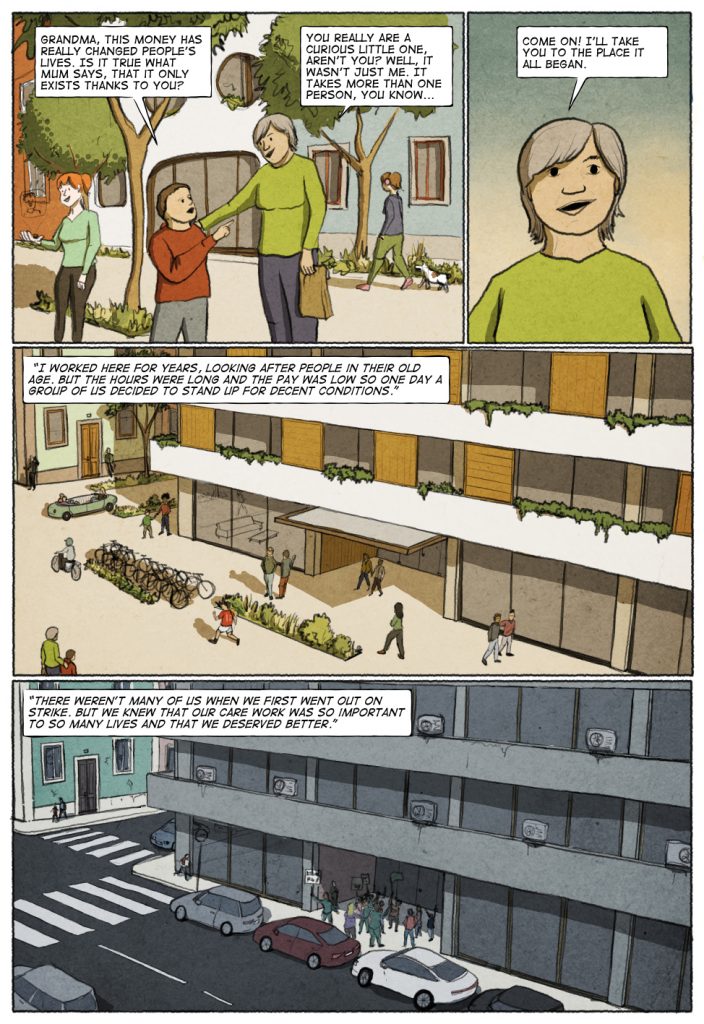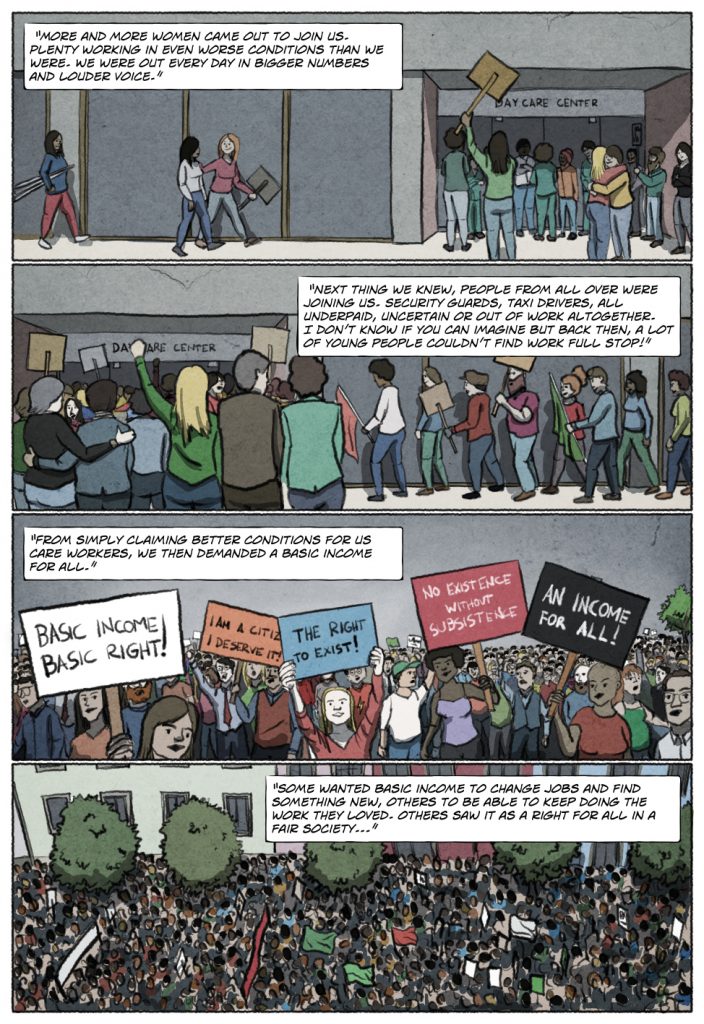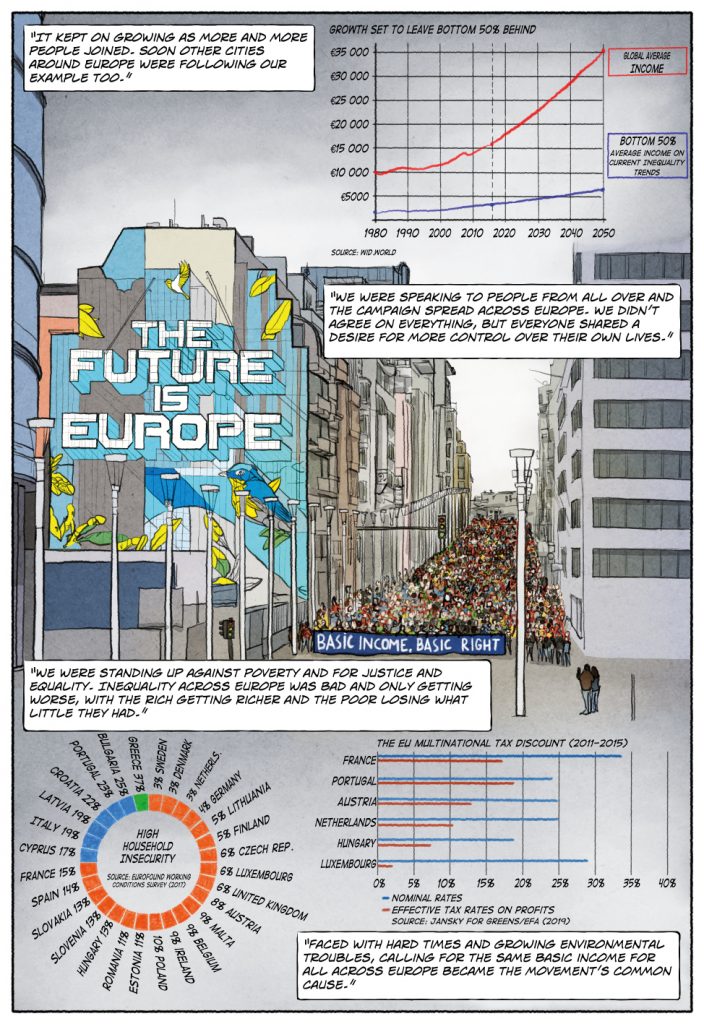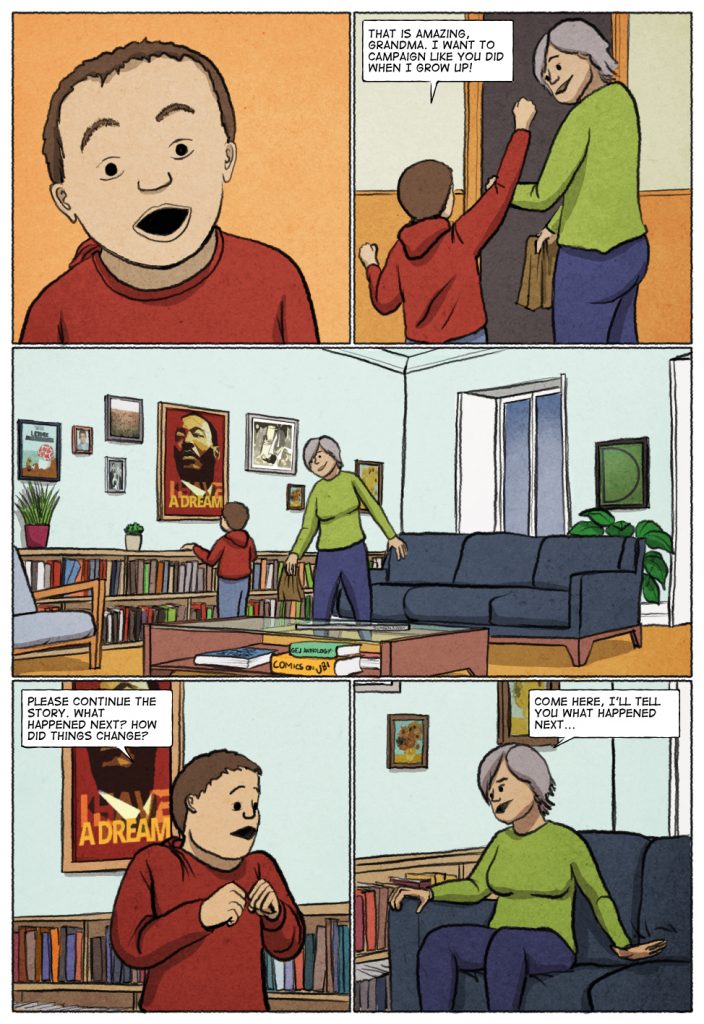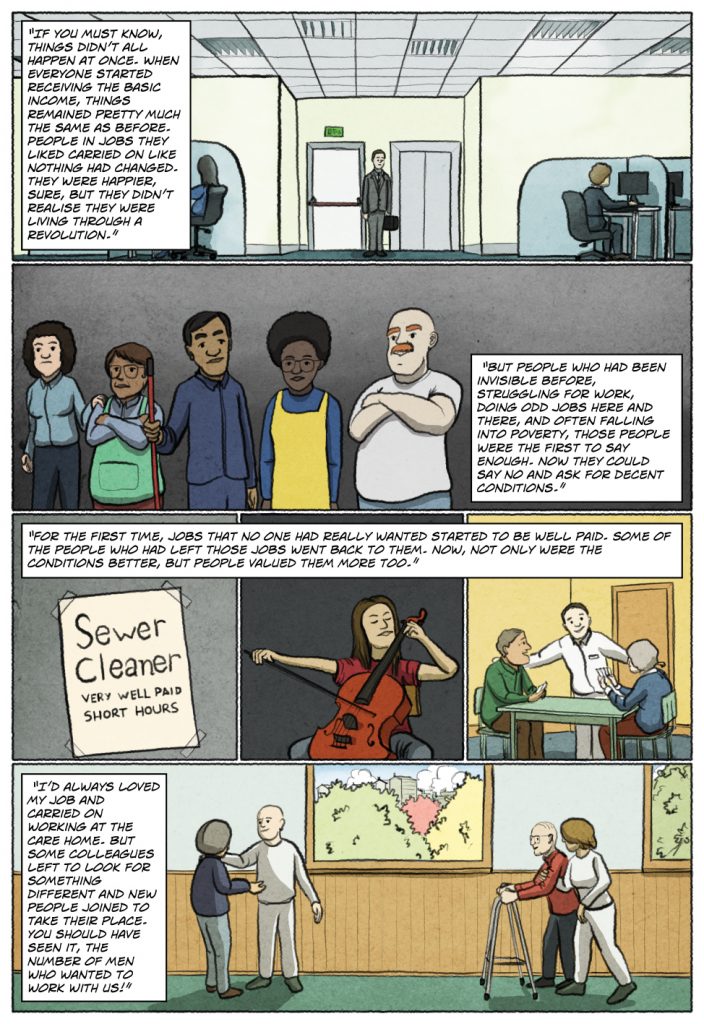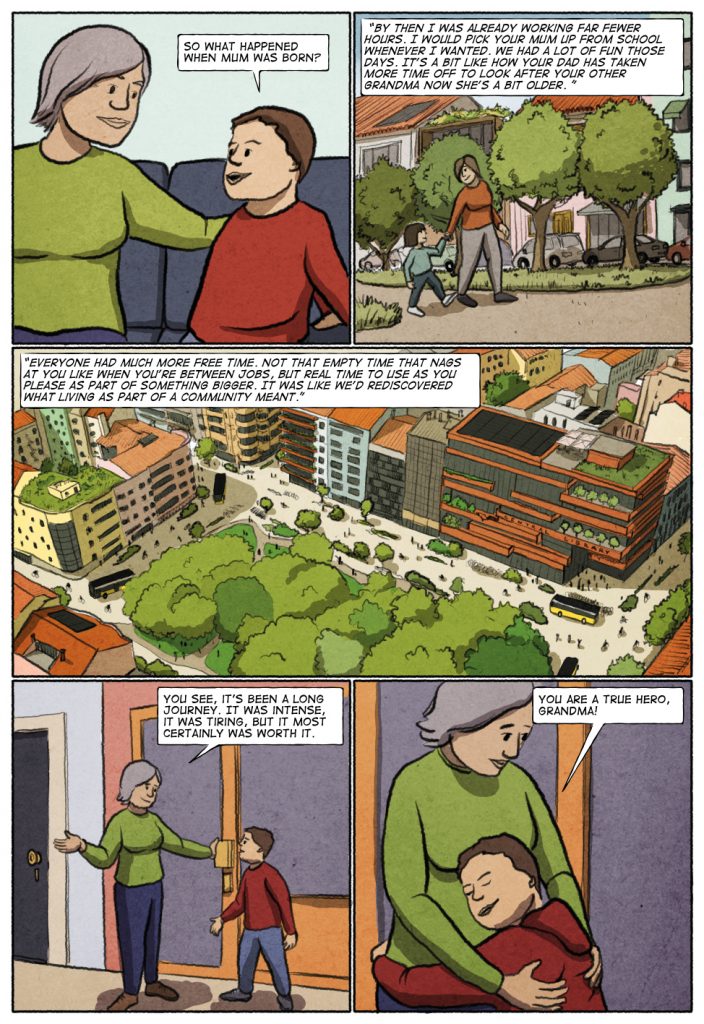Hospitals are poised to face the kind of life-and-death decisions that industrialized countries typically encounter only in times of war and natural disaster.
JAMES HAMBLIN MARCH 28, 2020 THE ATLANTIC


An intensive-care unit for COVID-19 patients at an Italian
hospital ANTONIO MASIELLO / GETTY
Editor's Note: The Atlantic is making vital coverage of the coronavirus available to all readers. Find the collection here.
Two weeks ago, a man came to an emergency room in New York with pain in the lower-right quadrant of his abdomen. A CT scan showed inflammation around a fingerlike projection at the base of his colon. Combined with a fever, this was a classic case of appendicitis. Surgeons took the man to the operating room and removed his appendix.
The next day, recovering upstairs, the man still had a fever. Doctors ordered a test for the coronavirus. A day later, his results came back positive.
Under usual circumstances, a person with a dangerous, infectious respiratory disease such as COVID-19 requires special precautions in a hospital. Everyone who enters the patient’s room—even to ask how they’re doing or to pick up a lunch tray—is required to don a fresh gown, gloves, and a mask. If the worker must get in close contact with the patient, the mask has to be an N95 respirator, and a face shield is required to guard the eyes. Without exception, every piece of this gear must be discarded in a biohazard dispenser upon leaving the room. An errant mask or glove or gown, coated in virus, can become lethal.
After the man with appendicitis (a patient of one of the doctors I spoke with for this story) tested positive, the hospital implemented such precautions. And staff members who’d cared for him went into two weeks of isolation.
Today, if every hospital employee who had a close encounter with a COVID-19 patient disappeared for two weeks, the medical workforce would quickly become depleted. A safe alternative would be to minimize potential exposures by testing everyone who stepped foot in the hospital: The virus has an average incubation period of five days, which means people can spread it in the absence of symptoms. The U.S. does not have that testing capacity. The next best thing might be to require some form of mask and other personal protective equipment (PPE) for all staff, and possibly even patients, presuming that anyone could be a disease transmitter. The U.S. does not have enough medical supplies to do this either.
Last week, the Illinois Department of Public Health sent a notice to clinics that only those people “hospitalized with severe acute lower respiratory illness” could be tested for the coronavirus. California and New York, similarly, have restricted testing to health-care workers and patients who plainly seem to have the disease. The lack of widespread screening means the coronavirus may well be present in countless hospital wards without anyone realizing it. Accordingly, many emergency-room workers are now behaving as if they’re already infected and separating from their families. One ER physician told me he has been sleeping in the guest bedroom for weeks. Other doctors have sent their families off to stay at second homes.
The majority of workers who keep America’s hospitals running don’t have the salary to afford extra bedrooms, much less extra properties. For technicians, respiratory therapists, first responders, cleaning staff, and many others, doing their job is an act of moral complexity. Without adequate PPE, they’re putting their own health at risk every time they report for duty, as well as that of their families. They also may have other urgent reasons for staying home: being sick themselves, for one, or caring for children who are out of school or for family members who have fallen ill. Not working, for the minority who could financially manage this, isn’t an easy choice either, given that it means increasing the burden on colleagues and putting them at greater risk of getting infected. And this isn’t even to mention the obligation workers at all levels of the hospital hierarchy feel to their patients.
With the United States now leading the world in COVID-19 diagnoses, the demands on the medical system are increasing with each passing day. Nowhere is that more evident than in New York City, the current epicenter of the crisis, where major academic hospitals are being forced to radically restructure how they deliver care. In talking with dozens of hospital workers over the past few weeks (most of whom asked not to be named for fear of professional repercussions), I heard that dermatologists are staffing emergency departments and cardiologists are taking ICU shifts. Medical students at NYU are being invited to graduate early so they can enlist as interns and begin practicing medicine immediately. Governor Andrew Cuomo has asked retired doctors to return to service as the city’s convention center is turned into a field hospital. On Thursday, Avril Benoit, the executive director of Doctors Without Borders—the group known for deploying teams to war zones and other medical deserts—told me she was working on plans to deploy resources to New York City.
Fred Milgrim: A New York doctor’s warning
During World War II, Ford and General Motors rallied to the cause by building tanks and manufacturing ammunition instead of cars. These companies have now begun making ventilators, the devices that push air into the lungs of people who can’t breathe on their own. But without more widespread testing and basic protective equipment, the problem will be less the number of ventilators, and more the number of health-care workers available to operate them. The United States has entered its coronavirus rationing era, and the kind of medical care many people are used to isn’t going to be available all the time. The ubiquitous curve is being flattened by shutdowns and social distancing, but it is not flat enough. Those who might end up in a hospital, which is to say all of us, can do at least one thing to help relieve pressure on the medical system and its overtaxed, dwindling workforce.
On a gray monday in October 2018, a group of biomedical scientists convened in Saranac Lake, New York, to conduct a war game. The enemy was “Disease X,” a hypothetical doomsday pathogen. The scientists weren’t working for the government, but, like that of many experts who have gathered to offer guidance to bureaucrats and politicians, their goal was to take an inventory of existing U.S. capabilities, assess “gaps,” and suggest measures to “improve our position,” according to meeting records shared by Stephen Thomas, the chief of the infectious-disease division at SUNY Upstate Medical University.
One team was told to be risk-averse, modeling the steps the U.S. would take to be optimally prepared to save as many lives as possible. The other was risk-tolerant, modeling what the country would do if it chose to save money and roll the dice, hoping that things wouldn’t get too bad. A risk-averse approach would involve roughly doubling the country’s 170,000 mechanical ventilators, bulking up its strategic national stockpile of masks and medications, and expanding the ability to immediately scale up testing and vaccine development. It would also shore up supply chains of all sorts and create protocols to boost personnel in times of emergency.
America rolled the dice. For just one example, the federal government has invested only about $500 million annually in the strategic stockpile, maintaining about 12 million N95 masks and 16,600 ventilators. This is enough to equip an area hit by a localized disease outbreak, natural disaster, or terrorist attack. But it is nowhere near what could be necessary in a Disease X pandemic.
Read: We were warned
In January of this year, some Chinese scientists warned that a Disease X had arrived, based on genetic sequencing they’d performed. This novel coronavirus, SARS-CoV-2, was almost identical to others that had been found in bats and was capable of hijacking an enzyme in human cells to cause acute respiratory failure.
When I first spoke with Thomas in February, before New York had a single confirmed case, he told me his chief concern: “ICU beds will be limited, and that will mean rationing of expertise in the intensive-care setting. That’s a whole different type of medicine than most of us are used to practicing.” Thomas had spent 20 years in the Army developing “medical countermeasures” against infectious diseases, and, like other military experts who plan for disaster scenarios, he sounded coolheaded in talking about the looming catastrophe. He remained so when he told me on March 16 that his hospital had gotten its first case. At 10 p.m. that day, he emailed and said it had gotten its second. By March 20 he had seven. On Tuesday afternoon he wrote, “We are doing ok. Running out of PPE and trying to build a reliable supply chain
When we spoke by phone late Tuesday night, as he was driving home from the hospital, he sounded tired. I asked him to think back to the Disease X war game. The coronavirus “is much worse than what I had envisioned,” he said. “You never think the planets are going to align. You get used to the near misses. I’m taken aback by the scope, the speed, and how relentless it is. It’s amazing.”
Many doctors are nonetheless being asked to operate as usual. Last week an internal-medicine physician with whom I trained in residency told me she’d been chastised by the head of her department for wearing a surgical mask at work. She feels unsafe without one, given the lack of certainty about who has the virus—not to mention the worry that she herself could be an asymptomatic carrier.
Wajahat Ali: Where are the masks?
Across the world, people are implored to avoid contact with anyone outside a small circle of family members or cohabitants. In clinics and hospitals, doctors aren’t doing their job if they are unwilling to get within inches of people, many of whom are in high-risk groups, and often do so without any protection. “This week we got an order that no masks are allowed for routine care and just walking around inside the hospital,” John Mandrola, a cardiologist in Kentucky, told me. He said his initial reaction was opposition, but he has now accepted that shortages demand rationing.
In fact, taking the standard precautions—using fresh masks and gowns—has become impossible in hospitals in the hardest-hit areas, even when treating people with florid cases of COVID-19. One New York doctor told me she keeps her mask in a brown paper bag until it is time to put it on again, though other doctors at her hospital leave theirs lying out on a countertop. Another physician has been taking his mask home and “sterilizing” it in his oven at night.
This reuse of equipment is a form of rationing, though it may not usually be considered as such. It began weeks ago, when the U.S. surgeon general urged people not to buy face masks. It continued last week when the New York Department of Health implored residents to “only seek health care if you are very sick.” It continues in New York with the cancellation of “elective surgeries,” which now include even cancer treatments that can reasonably be postponed. Many if not most sick people are not getting tested, and not everyone will be treated by the doctor they might expect. Deciding who gets to see the chief of infectious diseases and who is relegated to the retired ophthalmologist will involve rationing via triage.
At a small hospital in Sleepy Hollow, New York, James Lindsey works overnight as the sole doctor in the ER, a setup that is standard in all but the biggest medical centers. Lindsey told me that though he hasn’t yet felt unable to manage on his own, he has had to intubate more patients than usual. That involves inserting a tube into a person’s trachea, in order to force air into their lungs (via a ventilator). When a person can’t breathe on their own, intubation is the default action taken by all doctors and paramedics in the U.S., as is attempting to restart the heart with electric shocks, in between rounds of chest compression that often break ribs. In a typical ER, this process involves a team of people. The question on the minds of Lindsey and others is: What happens if or when there are more patients who need to be kept alive than there are equipment or personnel to help them?
Read: America’s hospitals have never experienced anything like this
Already, ventilators in New York City are in short supply. “Everything is chaotic, and the staff is stretched really thin,” one physician wrote to me yesterday. She has had to pronounce two people dead who have been utterly alone, owing to the rule against visitors that hospitals have established for COVID-19 patients. “It’s really eerie and sad to have no family or visitors around to grieve their deaths,” she told me.
New York’s major medical centers are poised to face the kind of life-and-death decision making that industrialized countries typically experience only in times of war and natural disaster. And unlike with a hurricane, when the sudden force of nature makes obvious that not everyone can be saved, the drawn-out advance of the coronavirus will make these decisions more difficult to accept. We have failed to shore up protections for health-care workers. We have set ourselves up to experience the same shortages of vital care that have already happened in Italy. The rationing is already here.
“The assumptions in a pandemic scenario are that personal and community good can be expected to fall out of alignment,” Thomas told me in one of his emails.“Difficult decisions will need to be made.” Deciding how to allocate limited resources is a nightmare scenario for any physician, a violation of the oath to do no harm. As Thomas put it, “Doctors should not be put in the position of dispensing of justice.”
In an attempt to lift some of the burden from individual providers, Thomas’s hospital and others around the country are convening emergency meetings to develop guidelines for rationing, according to who is least likely to benefit from treatment. The goal is to make the guidelines objective, accurate, and easy to use, as well as to minimize the waste of resources. The instructions could be as strict as age limits for intensive care, or withholding care from people who have the lowest chance of survival, such as those suffering from heart failure or emphysema. On Thursday, The Washington Post reported that Northwestern University’s medical center, in Chicago, was considering putting every patient with COVID-19 on “do not resuscitate” (DNR) status. This would mean that if their heart stops, no “code blue” would be called; instead, a time of death would be noted.
As of Friday afternoon, Thomas’s county was up to 110 confirmed cases. “Winter is coming,” as he put it. But Thomas maintains hope that a blanket DNR policy will not be necessary. “Assess, make decisions, reassess, make another decision. Repeat” is how he described the coronavirus-treatment playbook to me. “We can do this … as long as we have PPE and vents.”
Kerry Kennedy Meltzer: I’m treating too many young people for the coronavirus
Although explicit, widespread rationing by health-care providers is unprecedented in the modern history of the United States, it is constantly happening around the world. “Our doctors face moral dilemmas and impossible choices every day,” said Doctors Without Borders’ Avril Benoit. “Even while COVID-19 is requiring reallocation of resources, we still have women who need emergency C-sections and children with malnutrition. We are converting trauma and burn clinics to care for the disease. You do the best you can with what you have. And many of our locations will not be able to do more than isolate people and provide palliative care.”
Patients, too, make rationing decisions. Every time we weigh whether or not to go to the doctor or to take medication, we’re balancing costs and benefits. Many people—an estimated third of U.S. adults—also make decisions about what they want should they become very ill. In the form of advance directives, they give instructions about when medical professionals should extend their lives with so-called extraordinary measures, and when they shouldn’t.
The directives can be elaborate or spare, but generally land on a spectrum between prioritizing comfort and prolonging life, should the two become mutually exclusive. The most common designations are “full code” and “DNR,” but directives can also get very specific. The options are not binary, care or none. A person who voluntarily designates as “DNR” wouldn’t be abandoned—he or she would still get IV fluids, oxygen, and medication, especially for pain.
Read: How the coronavirus became an American catastrophe
After determining advance directives, you should share them with family members or friends who might be communicating with medical professionals on your behalf. Have nuanced conversations with people close to you about what you do or don’t want in various dire scenarios. This eases the burden on them.
It eases the burden on medical providers as well. Too often, Lindsey said, a person is found unconscious by paramedics, then shocked back to life and brought to the hospital, or put on a ventilator, and only hours later a family member shows up with an advance directive that indicates that this was not what the patient wanted. “This was a tragic and challenging scenario pre-COVID, particularly if an individual’s directives weren’t followed during that period of resuscitation,” he said. But in the midst of this pandemic, the delay puts “all the providers in the chain of care” at unnecessary risk of exposure. And it takes a ventilator out of use for someone who might have wanted it.
As straightforward as it is to establish an advance directive and talk through what kind of care you want with your family, many of us avoid doing precisely that. Who wants to talk about the possibility of getting sick and dying? Thomas does. “I’m still a relatively young person, and my wife and I have that discussion relatively often,” he told me. “It should be had frequently, but especially now.”
JAMES HAMBLIN, M.D., is a staff writer at The Atlantic. He is also a lecturer at Yale School of Public Health and author of the forthcoming book Clean.
Related Podcast
Listen to James Hamblin talk with bioethicist Arthur Caplan on an episode of Social Distance, The Atlantic’s podcast about living through a pandemic:









